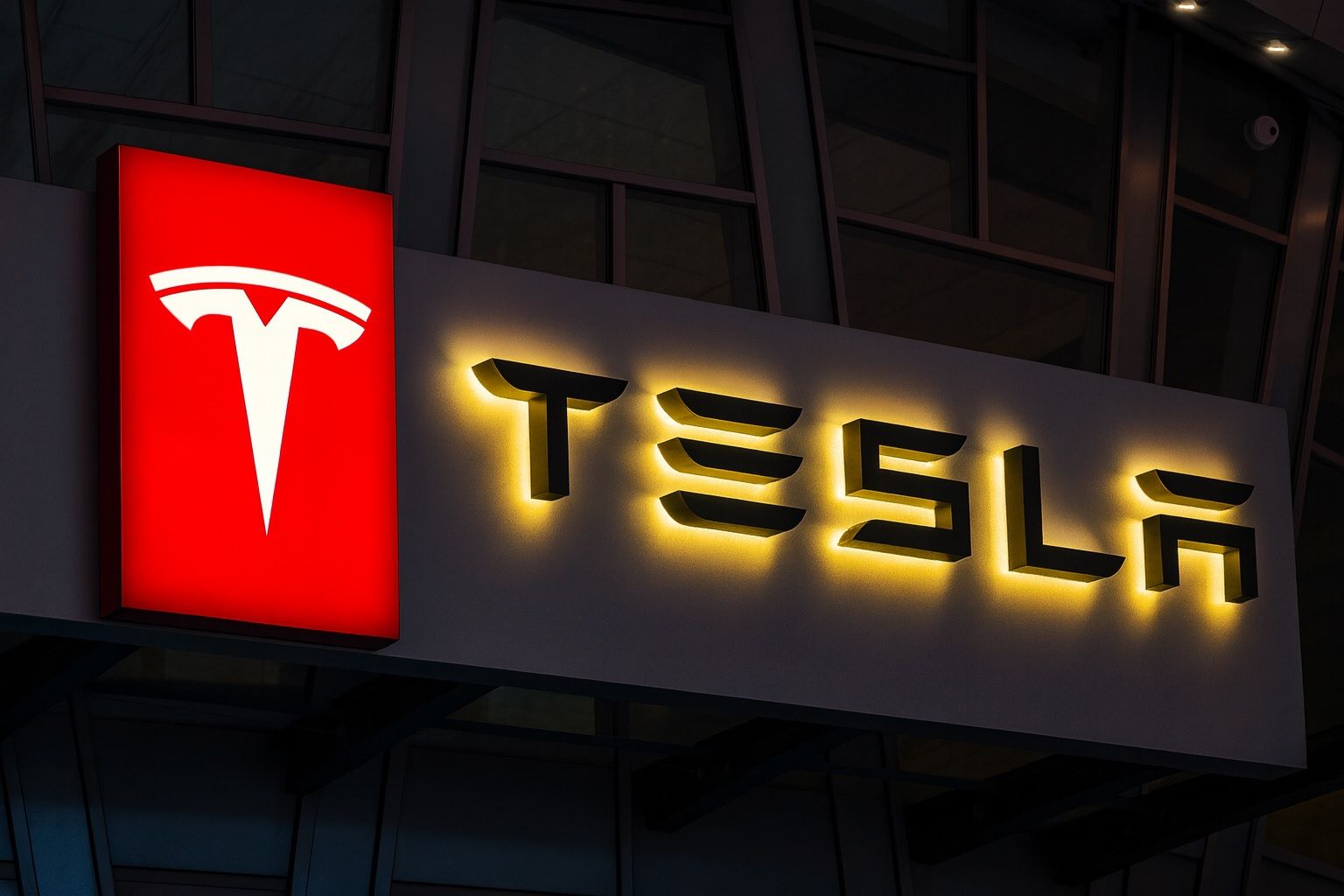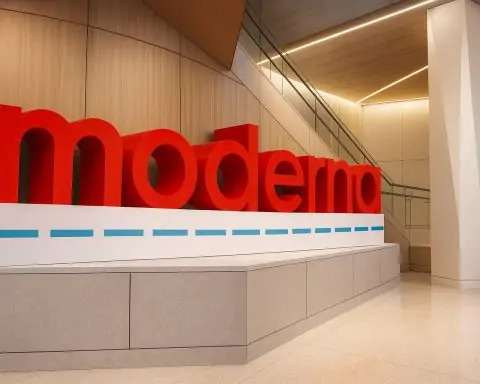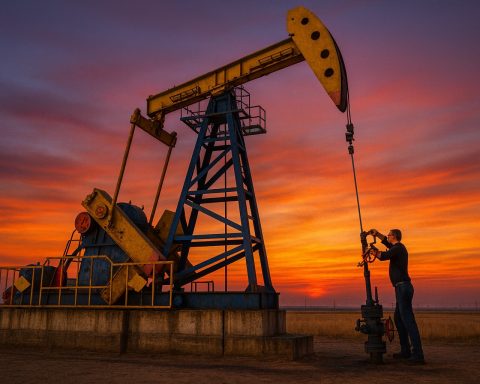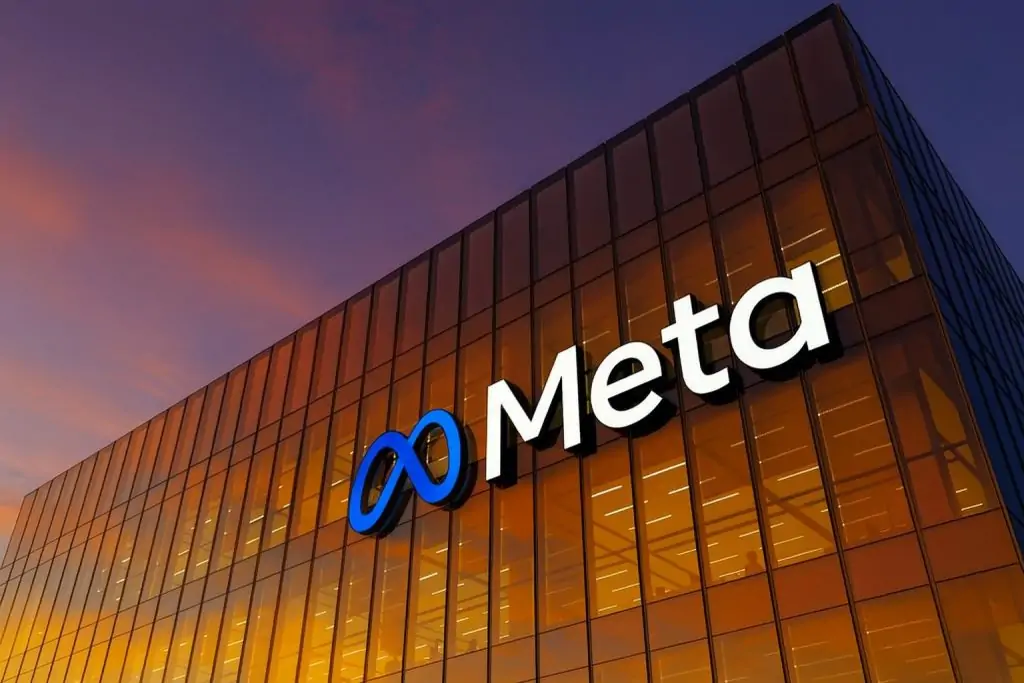Tesla shares are starting Thursday’s session with investor attention split between Elon Musk’s huge compensation packages, fresh AI and robotaxi headlines, and growing concern about weakening electric-vehicle demand in China and Europe.
As of the latest available data, Tesla (NASDAQ: TSLA) last closed at $403.99 on Wednesday, November 19, up roughly 0.7% on the day. [1] Indications early Thursday suggest the stock is trading close to that level into the November 20 session, leaving the focus firmly on today’s news rather than a dramatic overnight price move.
Tesla stock price snapshot and valuation context
- Last close: $403.99 per share (November 19). [2]
- Recent move: That close represented a gain of about 0.7% versus Tuesday, helped by optimism around Musk’s AI venture xAI. [3]
- Recent history: TSLA has rebounded strongly from its 2024 lows and now trades well above $400, roughly in the middle of its 52‑week range (around $214–$488, depending on data provider). [4]
Tesla is increasingly being priced less like a traditional automaker and more like a high‑growth technology and AI platform. One recent analysis pegs the stock at about 180x estimated 2026 earnings with a market cap around $1.3 trillion. [5] That kind of valuation means every new headline – on robotaxis, AI, or Musk’s pay – matters for sentiment.
1. Musk’s old pay package could wipe out years of Tesla profits
The biggest Tesla-specific headline on November 20 comes from Reuters, which warns that the previous Elon Musk pay package – not just the new trillion‑dollar one – could take a huge bite out of Tesla’s earnings. [6]
Key points from the Reuters analysis:
- Tesla is appealing a Delaware court ruling that struck down Musk’s 2018 compensation plan after a shareholder lawsuit challenged how it was approved. [7]
- If Tesla loses that appeal, the company has promised Musk a replacement stock package valued at roughly $26 billion, based on the much higher share price today. That would need to be expensed over about two years. [8]
- Spread over eight quarters, that charge would reduce profit by about $3.25 billion per quarter, which Reuters notes is more than Tesla’s net income in almost any quarter since 2019. [9]
Crucially, this is accounting expense, not cash going out the door. But it still matters: it would slash reported earnings and dilute existing shareholders as new shares are issued to Musk.
At the same time, Tesla shareholders have now backed a new compensation plan that could theoretically award Musk up to $1 trillion in stock over the next decade, averaging around $100 billion per year if fully realized. [10] A viral explainer from Moneycontrol highlighted that this would exceed the combined annual pay of roughly 1.4 million U.S. elementary-school teachers, fuelling a wave of social‑media backlash and renewed debate over inequality and corporate governance. [11]
For Tesla stock, the message is simple: Musk’s pay is no longer just a headline – it’s a potential earnings story. If the appeal over the 2018 plan fails, reported profits could be pressured for years, just as Tesla also invests heavily in AI and robotics.
2. xAI’s $15 billion fundraising keeps Tesla tied to the AI boom
Another major driver for TSLA today is the AI narrative surrounding Elon Musk’s startup, xAI.
- The Wall Street Journal reported, and Reuters relayed, that xAI is in advanced talks to raise $15 billion at a valuation of about $230 billion, more than double the valuation it commanded earlier this year. [12]
- Musk is believed to own roughly half of xAI, meaning the new valuation could add tens of billions of dollars to his net worth. [13]
A detailed piece at CoinCentral tied this to Tesla’s recent price action:
- Tesla stock closed Wednesday at $403.99, up 0.7% on the day.
- At one point on November 20, shares were quoted around $410, roughly 2%+ above the prior close, as traders reacted to the xAI fundraising news. [14]
The article also noted:
- Tesla shareholders recently held an advisory vote on whether the automaker should be able to invest in xAI; about 1.1 billion votes were cast in favor, though the proposal is non‑binding. [15]
- Analysts at Wedbush see Tesla and xAI moving toward some form of “investment and partnership,” even though no formal deal has been announced. [16]
For investors, the takeaway is that Tesla’s valuation is increasingly being treated as a call option on Musk’s broader AI ambitions – from self‑driving software to humanoid robots and AI factories – not just a bet on selling EVs. That adds upside if the technology delivers, but also raises the risk that Tesla’s fundamentals remain out of sync with its lofty share price.
3. Robotaxi push: Arizona permit opens up a new ride‑hailing market
On the mobility front, Tesla scored a concrete win that supports the bull case for its robotaxi strategy.
According to a Reuters‑sourced report carried by Insurance Journal, Tesla has received a Transportation Network Company (TNC) permit in Arizona. [17]
What the permit does:
- Allows Tesla to run an Uber‑style ride‑hailing service across Arizona and charge passengers, using human drivers or vehicles with safety monitors. [18]
- Builds on an earlier Arizona approval that let Tesla test autonomous vehicles with a safety driver, and on its existing robotaxi pilot in Austin, Texas, where Teslas operate with a safety monitor in the passenger seat. [19]
What it does not do yet:
- It does not authorize fully driverless operations. Tesla has also applied for permission to test without a driver, but that approval is still pending. [20]
This is an incremental but important step. It broadens the geographic footprint where Tesla can monetize ride‑hailing and lays regulatory groundwork for future robotaxi services, just as Alphabet’s Waymo and Amazon’s Zoox ramp up their own autonomous fleets in U.S. cities. [21]
For TSLA bulls, every new permit strengthens the narrative that software, autonomy and mobility services will eventually matter more than car sales. Skeptics, however, still point to Tesla’s history of missed timelines and the lack of fully driverless approval as reasons to be cautious. [22]
4. Charging network expansion: Edenred deal boosts Tesla’s European reach
In Europe, France’s Edenred announced a partnership that folds Tesla’s Supercharger network into its own electromobility products for corporate fleets. [23]
Key details:
- Edenred will add Tesla Superchargers to its UTA eCharge and Ticket Fleet Pro services.
- The integration gives Edenred customers access to more than 20,000 charging points across Europe, many of them Tesla’s fast‑charging stations. [24]
This matters in two ways:
- Utilization & revenue – Higher throughput on Superchargers supports network economics and justifies Tesla’s heavy infrastructure investment.
- Brand lock‑in – By becoming part of third‑party fleet solutions, Tesla strengthens its role as a core piece of the European charging ecosystem, even for non‑Tesla vehicles in some cases.
For investors, it’s a subtle but positive sign that Tesla’s energy and infrastructure businesses – not just vehicles – are being monetized globally.
5. Demand worries: China and Europe are flashing red
The bullish news on AI and robotaxis is being balanced by more worrying data on Tesla’s core EV business.
A Reuters report earlier in November showed that Tesla’s China sales in October fell to 26,006 vehicles, the lowest in three years, down about 36% year‑on‑year. The company’s share of China’s EV market slid to just 3.2%, from 8.7% the prior month. [25]
A climate‑focused piece at TheCoolDown today amplifies those numbers, describing October as Tesla’s worst month of 2025 in China and warning that the company could see its first full‑year sales decline in that key market unless it posts record numbers in the final two months of the year. [26]
At the same time:
- Reuters noted “dismal” October sales in several European countries, including Germany, Spain and the Nordics. [27]
- A new Fortune guide to stocks for a potential 2026 downturn flags Tesla as a name to avoid, saying TSLA is on pace for its worst year of profits since 2021 and heading toward a second straight year of shrinking sales. [28]
Put together, the data tells a clear story:
- Global EV demand is still growing – global EV sales jumped about 23% year‑on‑year in October – but Tesla’s slice of that pie is shrinking in key markets as competition from Chinese brands such as BYD intensifies. [29]
That raises an uncomfortable question for shareholders: can robotaxis, AI services and energy storage ramp up fast enough to offset a plateau – or even decline – in Tesla’s legacy EV business?
6. What big money and Wall Street are doing with TSLA
Hedge fund trimming: Coatue steps back
In a fresh disclosure today, Motley Fool via Nasdaq reports that billionaire Philippe Laffont’s Coatue Management sold 15% of its Tesla stake in the most recent quarter, trimming about 307,780 shares. [30]
Since early 2023, Coatue has reduced its Tesla position by roughly 64%, even though it has been a long‑time holder since 2020. The article points to:
- Repeated price cuts that are squeezing margins and signalling softer demand.
- Heavy reliance on regulatory credits and net interest income, which have at times made up 40–50% of Tesla’s pre‑tax income – not exactly the kind of recurring, innovative profit stream investors typically want. [31]
- Musk’s history of over‑promising on timelines for full self‑driving and robotaxis, which could leave the stock vulnerable if those promises remain unfulfilled. [32]
It doesn’t mean Coatue is “out” – it still holds millions of TSLA shares – but it underscores that some sophisticated investors are taking profits and de‑risking at current valuations.
Analyst consensus: high expectations, limited upside
A detailed review at 24/7 Wall St. this week sums up the Wall Street view:
- The median 12‑month price target on TSLA is about $384.14, implying roughly 6% downside from current levels around $404. [33]
- Of 34 analysts, 14 rate Tesla a Buy, 10 a Hold, and 10 a Sell, resulting in an overall “Hold” consensus. [34]
That split mirrors the divided sentiment in the broader market: bulls see a once‑in‑a‑generation platform for AI, robotics and energy; bears see a richly valued stock with deteriorating EV fundamentals and mounting competitive and political risk.
7. Musk’s AI‑and‑robots vision keeps the long‑term story alive
Away from the balance sheet, Elon Musk spent Wednesday at the U.S.–Saudi Investment Forum in Washington, D.C., sharing a future‑of‑work vision that underpins much of Tesla’s long‑term narrative.
In back‑to‑back interviews reported by Fox Business, Musk argued that: [35]
- AI and humanoid robots could make work “optional” within 10–20 years.
- In a world where advanced robotics handle most physical and cognitive tasks, money itself may eventually “stop being relevant,” constrained only by basic physics like power and raw materials.
- Tesla’s Optimus humanoid robot could become the “biggest product” the world has ever seen, larger than smartphones, with “everyone” eventually wanting one.
For Tesla investors, these comments aren’t just sci‑fi flavor. They reinforce why the market is willing to assign tech‑style multiples to an automaker that currently earns most of its revenue from selling cars: the belief that robotics and AI will someday dwarf the auto business.
The risk, of course, is that such a future arrives later, or at smaller scale, than Tesla’s valuation currently implies.
8. How today’s November 20 headlines stack up for TSLA
Putting all of today’s news together, Tesla’s risk‑reward profile looks something like this:
Bullish forces
- AI & xAI halo: A potential $15 billion raise at a $230 billion valuation for xAI keeps Musk at the center of the AI trade and reinforces the idea that Tesla is an AI platform, not just an automaker. [36]
- Robotaxi momentum: The Arizona TNC permit and expansion of paid ride‑hailing operations add another brick to the robotaxi story, alongside existing pilots in Texas. [37]
- Infrastructure & partnerships: The Edenred deal shows Tesla’s Supercharger and fleet‑services businesses are being monetized and integrated into third‑party ecosystems across Europe. [38]
- Strong cash generation (recently): Tesla’s latest reported quarter showed record free cash flow near $4 billion, even as margins fell, giving it financial firepower to continue investing in AI, robots and manufacturing. [39]
Bearish forces
- Profit hit from Musk’s pay: The 2018 compensation appeal could force Tesla to book about $26 billion in stock‑based compensation over two years – a huge drag on reported earnings, even if it doesn’t affect cash flow directly. [40]
- Demand and margin pressure: China and Europe data show sharp drops in EV sales and market share just as subsidies fade and competition intensifies, supporting views that 2025 may deliver Tesla’s weakest profits since 2021. [41]
- Valuation strain: Even bullish analyses concede that TSLA trades at lofty earnings multiples; 24/7 Wall St. and others flag a median Wall Street target below today’s price, suggesting limited upside over the next 12 months on current fundamentals. [42]
- Smart money trimming: Coatue’s 15% reduction in its Tesla position in the latest quarter, after years of gains, signals that some institutional investors are locking in profits and diversifying. [43]
What investors should watch next
For anyone following TSLA today, November 20, the key questions are:
- Legal overhang: How will the Delaware Supreme Court rule on Musk’s 2018 pay package – and how quickly? That decision could reshape Tesla’s reported earnings profile for years. [44]
- Robotaxi execution vs. promises: Arizona’s permit is a clear step, but investors will want to see scaling of paid rides and movement toward fully driverless approvals, not just more ambitious timelines. [45]
- China & Europe demand: Monthly sales in those regions will remain critical. Continued declines could force more price cuts and weigh on margins, even as global EV adoption accelerates. [46]
- AI & xAI structure: Any official announcement of a financial or commercial tie‑up between Tesla and xAI would likely have an immediate impact on TSLA’s valuation – in either direction, depending on the terms. [47]
For now, Tesla stock on November 20, 2025 is sitting near all‑time‑rich valuations, caught between spectacular long‑term AI/robotics promises and very real short‑term pressures on profits and EV demand.
As always, this article is for informational and educational purposes only and is not financial advice. Anyone considering trading or investing in TSLA should do their own research and, if needed, consult a licensed financial professional.
References
1. stockanalysis.com, 2. stockanalysis.com, 3. coincentral.com, 4. coincentral.com, 5. coincentral.com, 6. www.reuters.com, 7. www.reuters.com, 8. www.reuters.com, 9. www.reuters.com, 10. www.moneycontrol.com, 11. www.moneycontrol.com, 12. www.reuters.com, 13. coincentral.com, 14. coincentral.com, 15. coincentral.com, 16. coincentral.com, 17. www.insurancejournal.com, 18. www.insurancejournal.com, 19. www.insurancejournal.com, 20. www.insurancejournal.com, 21. www.reuters.com, 22. www.reuters.com, 23. www.reuters.com, 24. www.reuters.com, 25. www.reuters.com, 26. www.thecooldown.com, 27. www.reuters.com, 28. fortune.com, 29. www.thecooldown.com, 30. www.nasdaq.com, 31. www.nasdaq.com, 32. www.nasdaq.com, 33. 247wallst.com, 34. 247wallst.com, 35. www.foxbusiness.com, 36. www.reuters.com, 37. www.insurancejournal.com, 38. www.reuters.com, 39. www.barchart.com, 40. www.reuters.com, 41. www.reuters.com, 42. 247wallst.com, 43. www.nasdaq.com, 44. www.reuters.com, 45. www.insurancejournal.com, 46. www.reuters.com, 47. www.reuters.com







